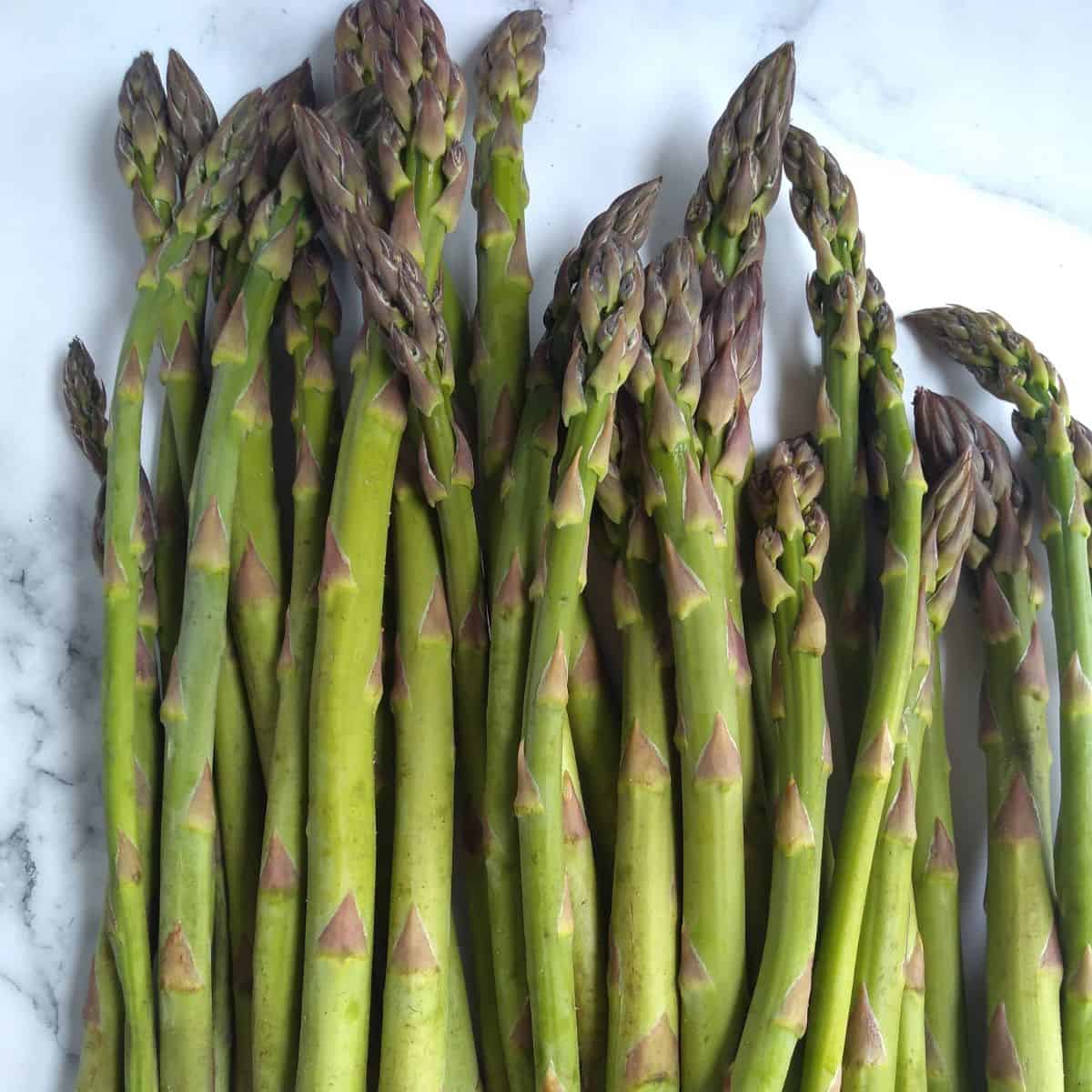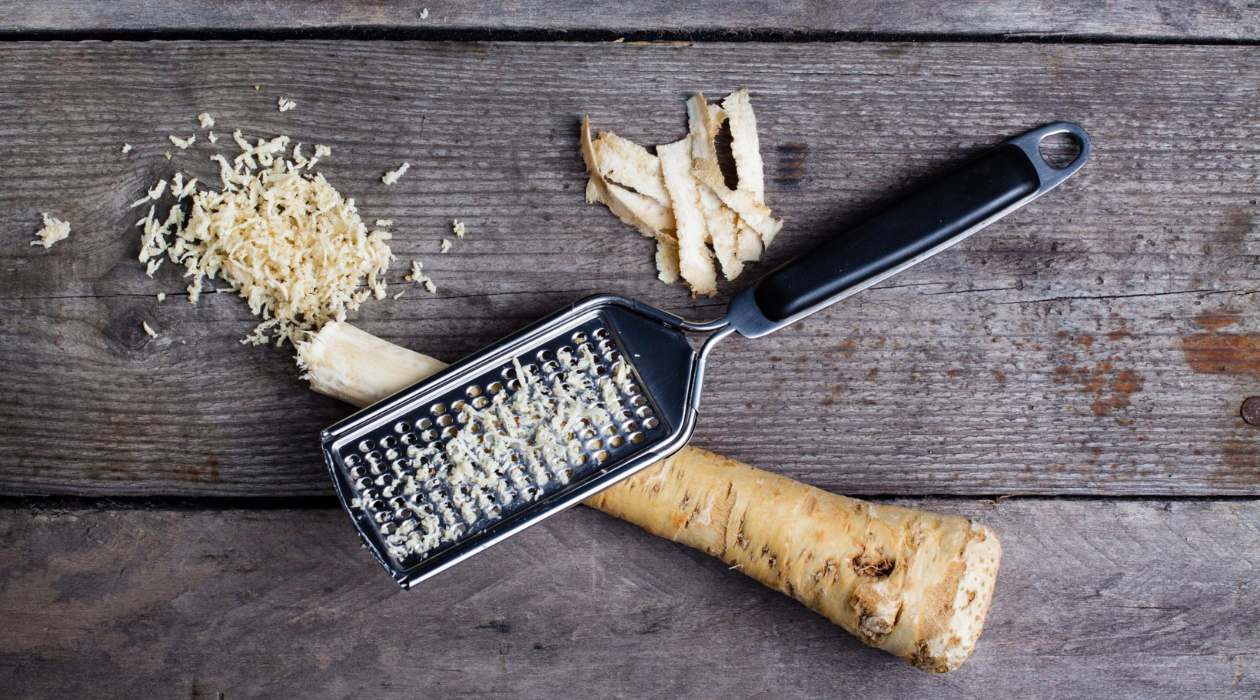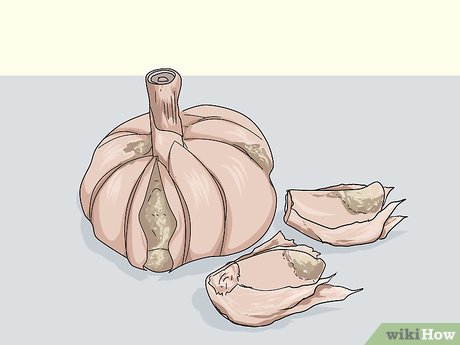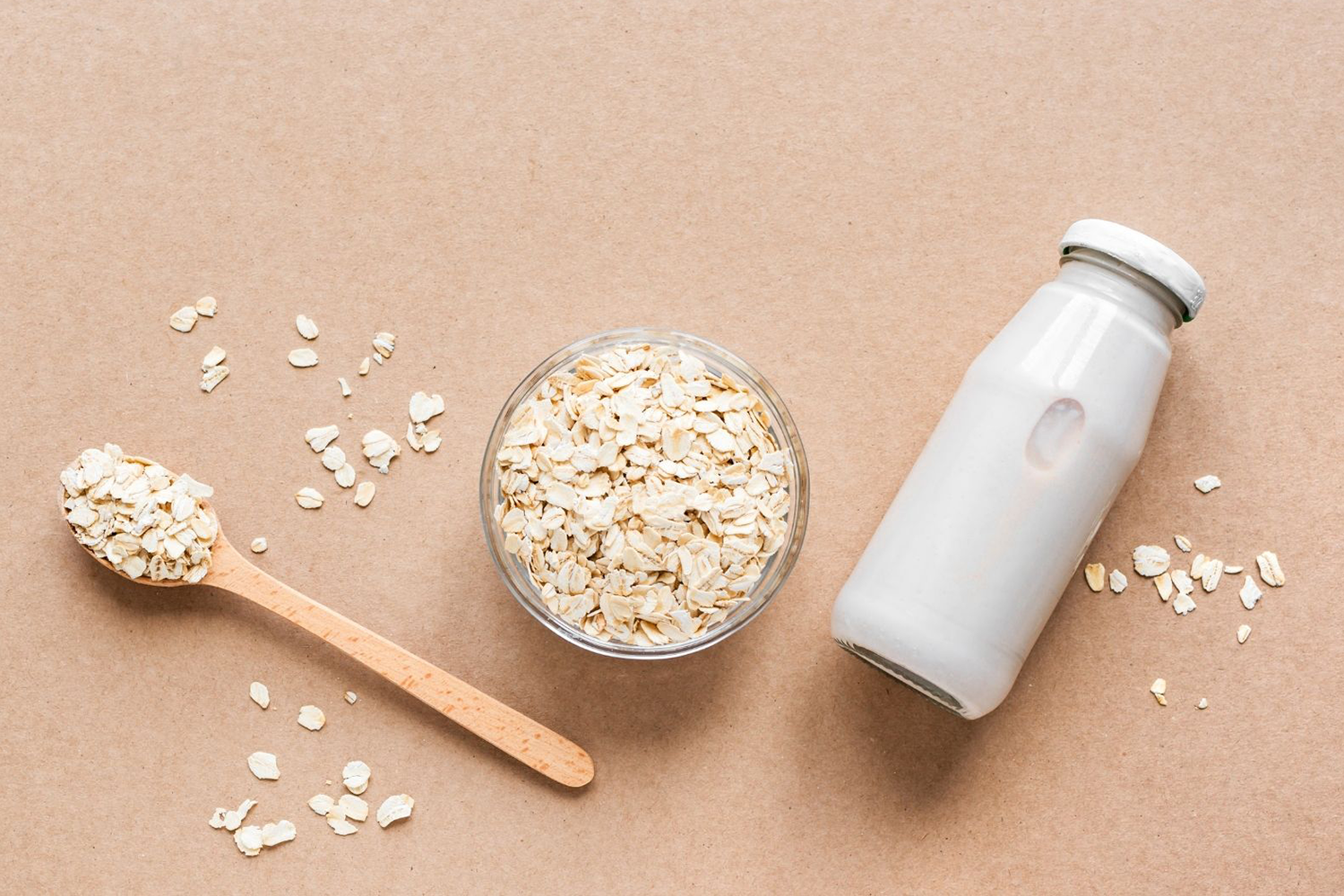How Long is Chili Good in the Fridge? Best Storage Practices to Keep Your Chili Fresh
– Chili can last for three to four days when stored properly in the refrigerator.
– It is important to store chili within two hours after cooking or purchasing it from a restaurant.
– Proper storage includes transferring chili into an airtight container, storing it in the coldest part of the fridge, and labeling and dating it.
– Chili should be checked for signs of spoilage before reheating and eating, and it should be reheated to an internal temperature of 165°F before serving.
– After four days, it is recommended to discard any remaining chili.
– The primary factors that affect how long chili can last in the fridge are how it was cooked, how it’s stored, and the age of the ingredients used.
– If chili is not brought to a boil, it should be discarded after two days as harmful bacteria may have developed.
– Expired ingredients used to make chili should be discarded immediately as they may contain harmful bacteria.
– Chili can go bad if it is not stored correctly, cooked at a high temperature, or checked for expiration before use.
– Signs of spoiled chili include mold, color change, sour smell, and off smell.
– Eating expired chili could cause food poisoning, with symptoms including nausea, vomiting, abdominal cramps, and diarrhea.
– Chili can be frozen for longer storage by transferring it into an airtight freezer-safe container and reheating it to an internal temperature of 165°F prior to serving.
– Frozen chili can last up to six months in the freezer.
– Meat-based chili can be enjoyed up to four days after cooking, while chili without meat may stay fresh for up to five or six days.
– Chili should be cooled down before refrigeration.
– Canned chili can be eaten up to one week later.
– Leftover chili should be stored in shallow containers with a depth of no more than two to three inches.
– Chili is a type of stew or sauce that typically includes beans, tomatoes, and meat.
– The ingredients of chili are cooked together in a pot or slow cooker.
– Spices such as cumin, oregano, garlic powder, onion powder, and chili powder can be added to enhance flavor.
– Chili should be stored in an airtight container in the refrigerator within two hours after cooking or purchasing.
– It is important to store chili in the coldest part of the refrigerator, usually at the back near the bottom shelf.
– Chili should be labeled and dated before storing.
– Before reheating and eating chili, check for signs of spoilage such as discoloration, an off-putting smell, or a slimy texture.
– Reheat chili to an internal temperature of 165°F before serving.









